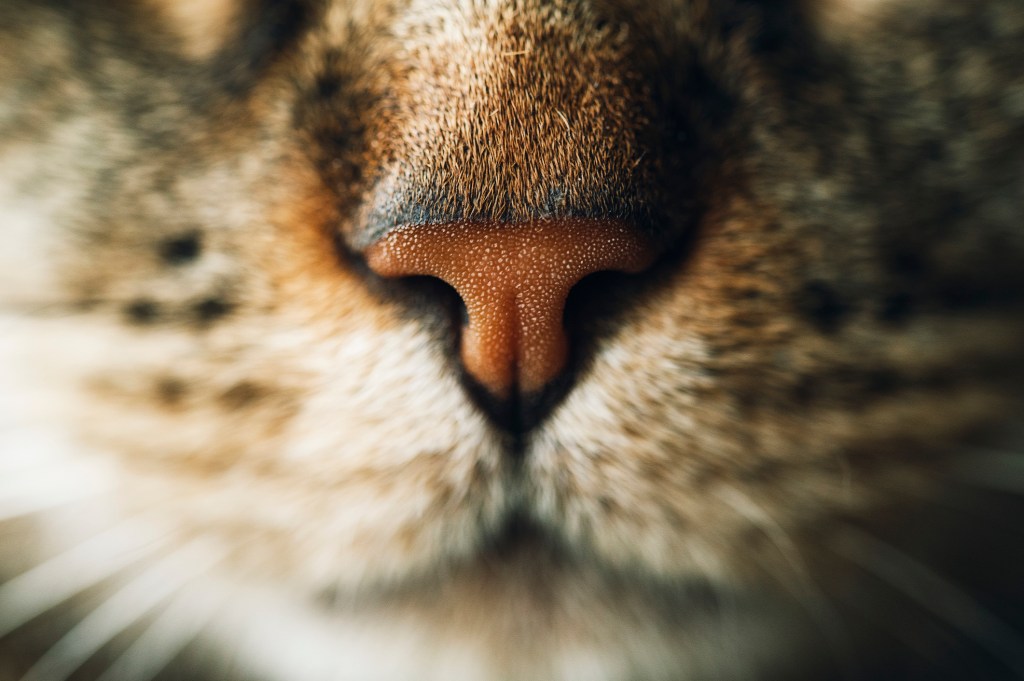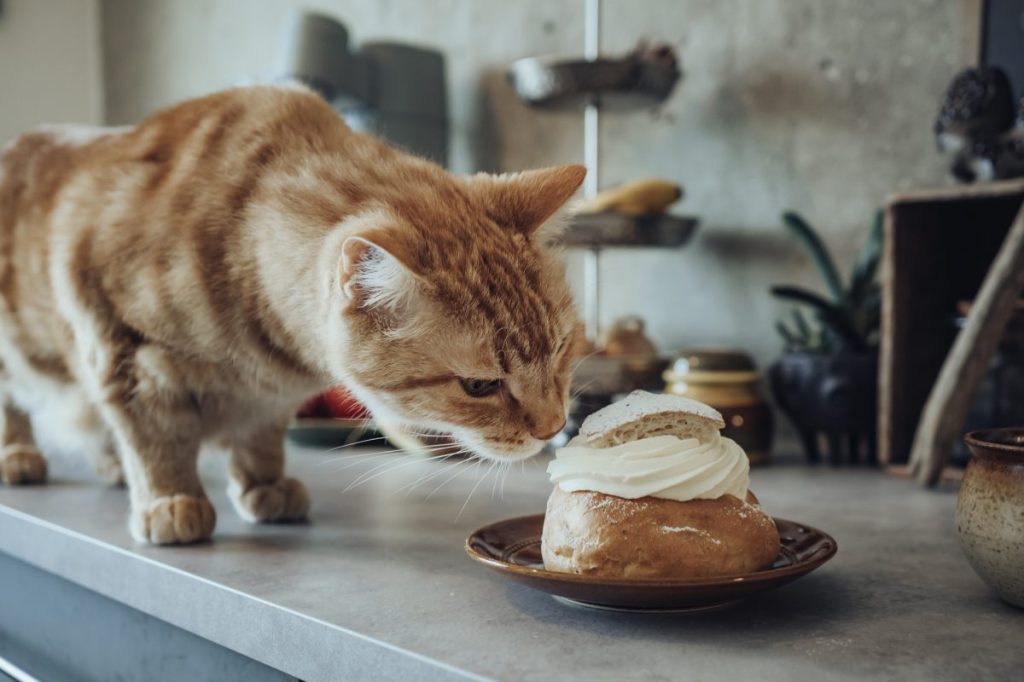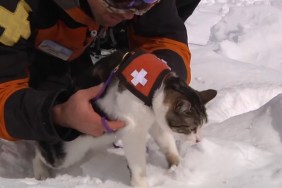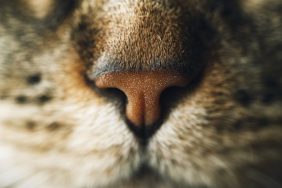While dogs are usually hailed for their impressive olfactory capabilities, felines are not to be underestimated. In fact, a recent study sheds light on the intricacies of how cats’ noses work, revealing their highly advanced sense of smell.
Hypothesized “gas chromatograph-like” structure in a cat’s nose
Using advanced technology, scientists have developed a computational model of a cat’s nose. They created the model using computed tomography scans and tissue samples taken from a deceased house cat donated for research.
When a feline inhales, the airflow splits into two streams, one for breathing and the other for smelling. Intriguingly, the nasal passages of the animal guide the smelling stream through a network of tightly coiled channels, called “turbinates.” These channels are studded with sensory receptors, similar to a chemical device known as a “gas chromatograph,” which separates compounds based on their solubility.
Scientists believe that this unique structure helps in the detection of various smells. Scents that are less soluble in nasal mucus tend to travel further and thus bind to more distant smell receptors.
Coiled nostril structure in felines 100 times more powerful compared to amphibians

Kai Zhao, a bioengineer at Ohio State University and senior author of the study, said, “We know that animals — including cats — use a sense of smell for detection of food, for sense of danger and also for kin recognition.”
According to the research team, the unique coiled structure of a cat’s nose is over 100 times more powerful than the straight channel mainly found in amphibians and certain mammals. Not only that, but this structure allows for a greater number of smell receptors to fit into a small head space. Researchers published the study — partially funded by Mars Petcare UK, a producer of pet food — in PLOS Computational Biology on June 29, 2023.
“What they show is that this turbinate structure seems to be very highly complex in cats, compared to other species of mammals,” says Luis Saraiva, an expert in smell neuroscience at Sidra Medicine in Qatar, who was not associated with the study. According to Saraiva, it’s a surprising fact that felines possess an extraordinary amount of these complex turbinate structures, far more than the count found in both rats and humans.
The comparison of gas chromatography to nasal anatomy is not a new concept. While it was first suggested back in the 1960s, most of the research done in this area focused on amphibians — creatures with a far simpler nasal structure. Previous studies have revealed that animals with an extraordinary sense of smell — like dogs, rats, and bobcats — possess coiled turbinates in their nasal cavities. However, this paper marks the first instance where scientists have studied the nasal arrangement in house cats and have expanded the use of the gas chromatograph analogy to mammals.
Cats’ nasal sensitivity and the challenges of training
Perhaps the reason cats display the iconic “stinky face” in response to foul odors lies within their highly acute sense of smell. Much like how humans naturally back away from the strong odor of spoiled milk, felines may be trying to reduce their exposure to the unpleasant smell by closing their nasal passages, according to Saraiva’s speculation. His theory suggests that this behavior may be a subconscious attempt at self-preservation, protecting themselves from offensive odors.
Tom Eiting, a physiologist at Burrell College of Osteopathic Medicine and a researcher of bat olfaction, expressed that the integration of computational and real-life physiological studies is the upcoming breakthrough. “The next big step is trying to link computational studies like this with real physiological studies in animals,” he stated.
Although not directly involved in the new paper, he hoped that scientists would soon produce a complete map of the solubility of various scents and link it to specific smell receptors present in the nasal cavity of cats. This novel approach will possibly pave the way for uncovering mysteries related to the complexities of smell and unlock a deeper understanding of the olfactory system in felines.
The intricate design of cats’ nasal structures, as proven by the study, serves as a testament to their superior sense of smell. However, it’s unlikely that they will replace dogs as bomb detectors any time in the near future. As Zhao says, “Cats are very difficult to train.”









